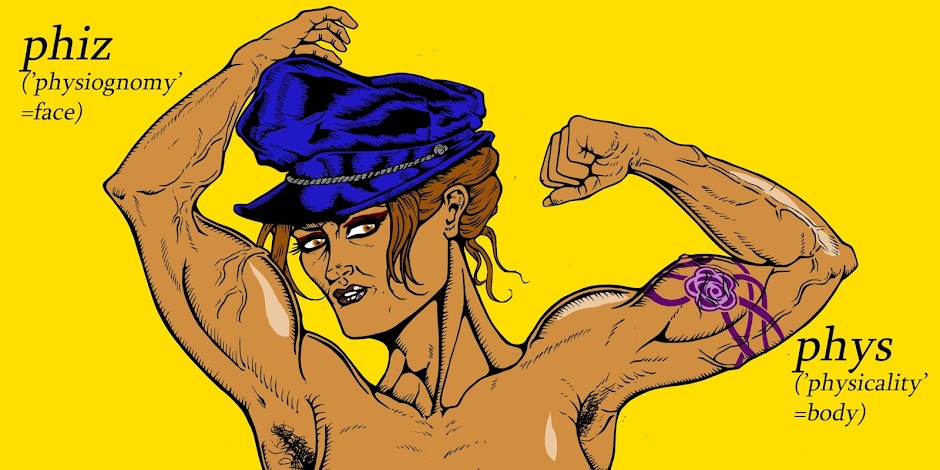Working between the 1970s artist-as-sculpture concepts of Bruce McLean (‘Nice Style’, ‘Pose Works for Plinth’) and the problematic fetishism of Allen Jones (‘Women as Furniture’), this series draws on my experiences of working in video web porn during 2020, when I was between University courses. The titles are sneering references to the kind of conversations I would have with viewers and clients – some paying, some choosing not to pay (but still demanding 'action' from the performer); and phrases which may or may not have passed through my mind at times during online sessions. Some of the poses deliberately echo both McLean and Jones, but also illustrate the kind of forms and attitudes that certain viewers demanded to see. Some of the titles are deliberately provocative (‘Sit on Me’) whilst still displaying the body as sculptural object, a form without function beyond which the viewer (or sculptor, in the case of Jones) chooses to invest it with. The often aggressive facial contortions mirrored my inner feelings for many of the demands I was expected to comply with (and some of which were flat-out refused).
'Fetish' speaks of the interest some viewers have in a performer or model only if she happens to be wearing certain very specific items of clothing (high heels most frequently), and without which she is of no interest whatsoever ("Are you wearing/Do you have any x?" was a common overture). While finding Freud's theories often as problematic as Jones' degradations, the years I've spent interacting with a mostly male audience online do confirm the paraphiliac nature of many. The psycho-sexual insights I gained from the whole summer experience probably contain enough material for several whole projects – this one is a small tentative exploration of the residue from those sessions, my personal notes and screenshots.
Jones’ figures are so devoid of character and lived personality, and I wanted to inject some kind of human (though not un-ironic) element into such forms, to see how they compared – to add the missing ingredient of phiz (physiognomy) to the existing phys(icality). By tagging the images with titles suggestive of my own inner responses to online overtures, commands and suggestions, I hoped to humanize the forms, the poses, to remove them from the objectified male gaze of the sculptor and reform them through my own sense of being. Laura Mulvey’s detailed analysis of Jones’ skill in manipulating and highlighting the fetishized female form (which – reproduced over fifty years later – now represents a trans* female form) clearly reveals the narcissistic spectacle which cis/het male artists create from the female subject: an object of phallic representation, a hook on which to hang their own hang-ups: “The true exhibit is always the phallus. Women are simply the scenery onto which men project their narcissistic fantasies1”. Fifty years on, and things become more complicated with the addition of multiple genders to the original dualism: herein the artist is both sculptor and sculpture, modelling after fibreglass originals, and a figure of deliberate ambiguity2, but still without a proper name – like the Jones figures, a form to satisfy a function, with no need for any personal identifier. The Internet makes, and keeps, people anonymous, and many viewers of webcam rooms like it that way. To ask “Who is that man?” is to be answered with a lie, a fantasy, or a fabrication.
1‘Fears, Fantasies & the Male Unconscious, or 'You Don't Know What is Happening Do You, Mr Jones?'’, in L. Mulvey, ‘Visual & Other Pleasures’, MacMillan, London, 1989. p. 13
2 A recurring reference point in my work is the (perhaps overly simplistic) observation that history is repeating: that the struggles of the trans* rights movement are those which originally faced the women’s movement in the 1960s – calls for rights of equality, respect and representation which were opposed by fury, incredulity and laughter in their day, and that by looking back at the (successful) strategies, policies and interventions of the Women’s movement, trans activists can hope to recreate some of that success. But if cis women continue to be second-class citizens in many territories, trans* people undoubtedly represent the underclass, non-persons as much as Hannah Arendt’s political refugees bereft of identity papers; people who legally and literally cannot exist according to law and statute (in, for example, Russia, and recently Hungary, where even fully transitioning cannot change the inscribed-in-stone M or F on one’s birth certificate).
Does this work for you? |
Sit on me |
 |
You like me down here, don't you? |
 | ||
| No tip, no strip! |
 |
Lucky I'm getting paid for this crap |
 |
| Fetish |
 |
I'm really not a dominant, but... |






No comments:
Post a Comment